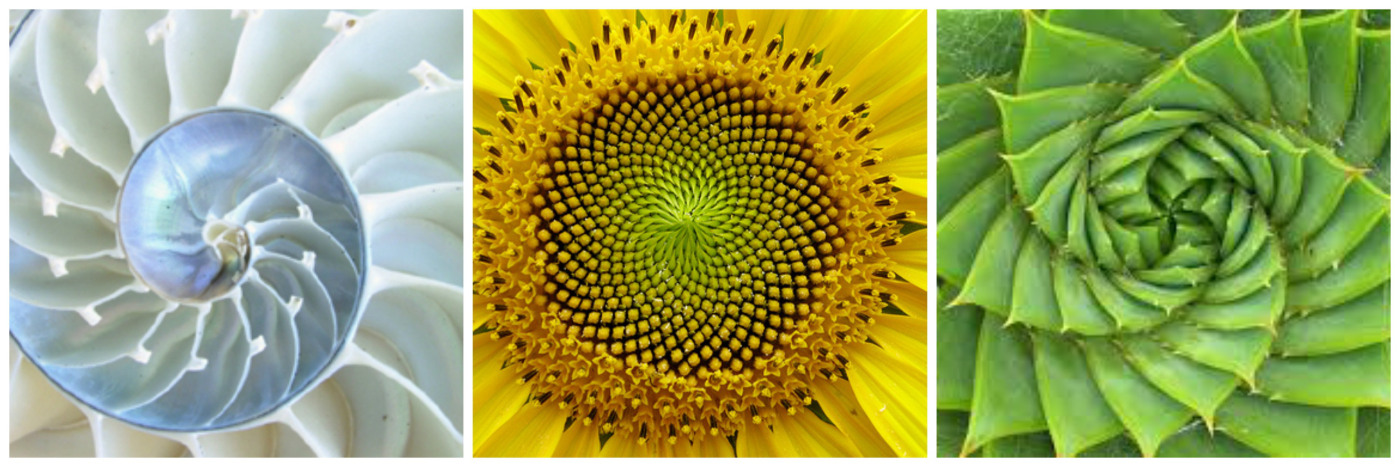
Spring 2014
Schedule
Syllabus
MAT 517 / MAE 330 Technology in Math
Education - Fall 2014 - Schedule
|
| Week | Topics and homework |
|---|---|
| 1- 1/27 Math Sinc Site |
Introduction Overview of Geogebra and Latex and Google sites. Roots of polynomials Hw 1 (due 2/6).
|
| 2- 2/3 |
The roots of a parabola. HW 2 (due 2/13)
|
| 3 2/10 |
Conic Sections: We will work on this handout
from Thomas Hull's book "Project Origami, activities for exploring
mathematics", CRC Press. Time permits, we will work on this handout too (from the same book). Math in Valentine's Day? Check out this! About the presentation: The main point is to teach a math topic using technology (and not vice versa). Ideally, you should assume your students do not know anything about the topic you are about to present. You will need to make a list of topics that you will assume they already know. HW 3 (due 2/20)
|
| 4 2/17 |
Note: You can use this
link to download the files you create in the Math Sinc Site. Here is a Mathematica demonstration about Dandelin spheres and here is a very good illlustration from Wikipedia. Here is my version of the parabola exercise. The Mathematica demos we use are all here. HW 4 (due 2/27)
|
| 5 2/24 |
This week we are going to discuss random numbers. We will use Graphing Calculators. If you have a TI 83/84, download this app (Probability Simulations) and install it in your calculator. Here are instructions to install the app. ) This page is a good reference to start working with your graphing calculator. Here are two questions to test your intuition for randomness. We will work with this handout from the Texas Intrument site for education. It discusses a mathematical aspect of the episode "Double down" of Numb3rs (the math-juicy bit comes around 32 minutes after the show started). We are going to start doing a bit of programing our graphing calculators. Here is a quick guide to write the first program. |
| 6 3/3 |
Kate: What is a function? Jamie: What is a limit? Homework 5(due 3/13) this five problems. Here are some of the Math-o-grams you submitted. |
| 7 3/10 |
Michael: Descriptive statistics. What are the mean, standard
deviation, percentiles? Homework 6: DUE on 3/27 Submit the written part of your 2nd project. Unless exceptional circumstances, this written part will not be accepted for grading if submitted after the deadline. This draft should be an illustrated set of notes that "stand alone", and do not depend on your lecture. You can think of this draft as notes for a students who miss the class you taught that day. |
| 3/17 |
Spring Recess  |
| 8 3/24 |
Tuesday Kristen: What is a derivative? Thursday Kim: What is an integral? Rocco: What are the extrema? Below are the topics for the next project. If your topic is not appearing, please send email it to me as soon as possible. Possible topics are Newton's method, Fitting linear functions to data, Mathematical induction. You can choose more topics from the Common Core Standards Initiative. Kristen: Geometric constructions. Mike: Mathematics of Running in the Rain Kyle: Fibonacci numbers Kate: What is ? Rocco: Modular arithmetic Kimberly: Area and volume Jamie: Newton's method Tanyalisa: TBA Homework 7 (due 4/3) 1. Complete this worksheet (Problems 1 to 8) from the Texas Instrument material , repeating problems 1 to 7 three times each but changing the number of times the experiment is performed as indicated in the worksheet. Compare your own results in Problem 8. The hisogram and the answer to problem 8 must be submitted Latex. Take pictures of the histograms you obtain and insert them in your file. The rest of the answers should be submitted in this google form. ( This website can be also used to simulate roll dice. To roll N (six sided) dice, type NE6 and click on "roll". The outcome is the number of six obtained in the simulation. ) 2. Submit a geogebra file with an illustrated proof of the following statement (this is a minor modification of the problem we discussed in class): Consider a circle of radius R. Denote by L(x) arc length of an arc of (central) angle x and by C(x) the length of the chord determined by that angle. Then the limit when x tends to 0 of L(x)/C(x) is 1. |
| 9 3/31 |
This week we will use spreadsheet to discuss certain topics in
statistics. Here
are some of the files we are going to use. Some examples of distributions: Mercury concentration in pregnant women. Population of the US by age (from 1920 to 2005.) Breath response to lactose in children. Homework 8 Due 4/10 Complete this worksheet (to the end). Complete this form. |
| 10 4/7 |
Here
you'll find an explanation for plotting points in Geogebra. TanyaLisa: What is a real number and what is a rational number? Operations Kyle: What is a complex number? Homework 9 Due 4/22: 1. Submit a geogebra file with an illustrated proof of the following statement (this is a minor modification of the problem we discussed in class): Consider a circle of radius R. Denote by L(x) arc length of an arc of (central) angle x and by C(x) the length of the chord determined by that angle. Then the limit when x tends to 0 of L(x)/C(x) is 1. You can use Calculus in your proof. 2. Create a page in your Google site explaining a math point (or another topic that you previously cleared out with me. ). Include a proof or a math argument and one or more relevant pictures. 3. Work on your presentation. Make sure that
|
| 11 4/14 |
Here
is the link to the files we will use while working on Curve Fitting
and the cosine program. Homework 10 Due 4/24: Submit the written part of your presentation. If you are using the Smartboard, submit the Smartboard file too.
Extra credit: In the same Geogebra file
|
| 12 4/21 |
We will discuss this problem as well as algorithms to compute powers. Homework 11 Due 5/1: (from "Inside your calculator") Submit the write up of the TI 84 programs below, as well as a sample of the results (three for 1 and three for 2) 1. Write (and test) a program to find and list 27 triples of positive integers (x,y,z) satisfying 1/x = 1/y + 1/z. (Hint: Prove that and use this relationship to generate various values for x, y and z. Use For loops governed by p, q and r. Limit these values to 1 to 3). 2. Develop and test a program to find at least 27 Pythagorean triples (x,y, z). (Hint: Use x=2pr, y=p2 - r2 and z= p2 + r2) |
| 13 4/28 |
We will discuss algorithms to compute powers and logarithms. Tuesday: Kristen. Thursday: Jamie, Rocco and and Michael Homework 12 Due 5/8: Work on the homework proposed by Kristen. The problems are here. You can only use the tools that are provided in those files. Homework for Kristen and Jamie. Nine points can be associated with a given triangle: the midpoints of the sides, the feet of the altitudes and the midpoints of the segments joining the orthocenter of the triangle to the three vertices of the triangle. (The orthocenter of a triangle is the point where the three altitudes intersect) A (beautiful) theorem says that the above nine points lie in a single circle. Problem 1 Construct a triangle and the nine points indicated in the theorem. Problem 2 Create a tool that constructs the nine-point circle for a triangle. The input should be the three vertices of the triangle and the output, the nine points and the circle. Study how the circle varies when the triangle varies. |
| 14 5/5 |
Tuesday: Kate and Kim Thursday"Tanyalisa and Kyle Homework 13 Due 5/15 |